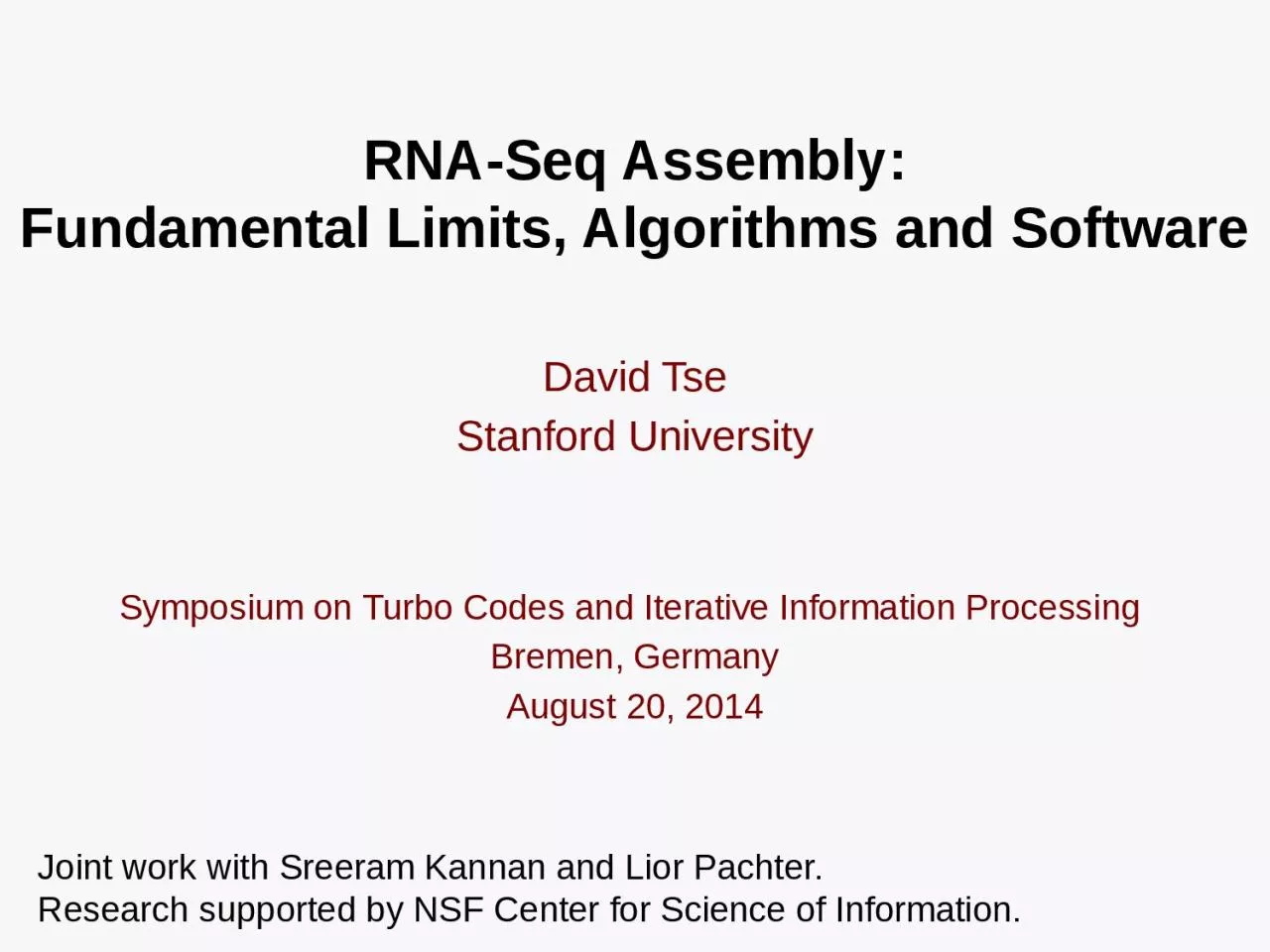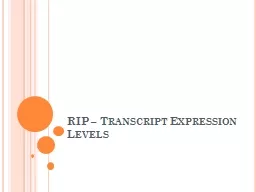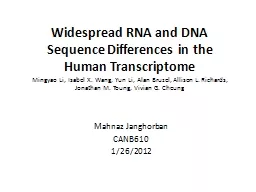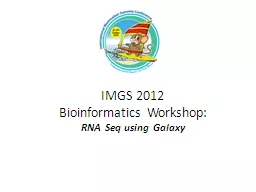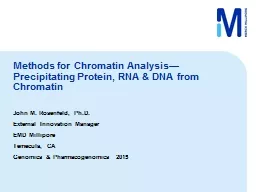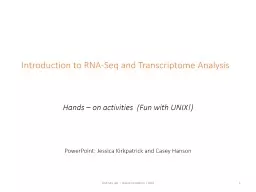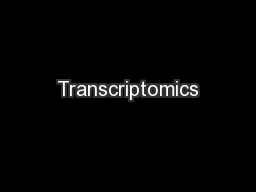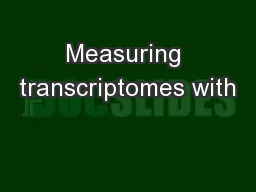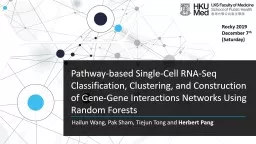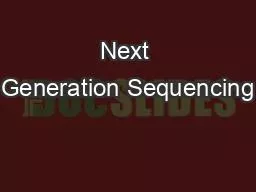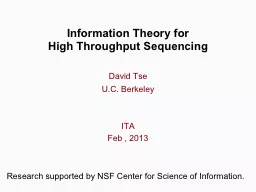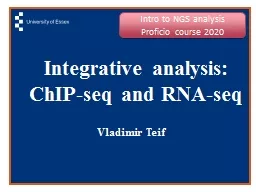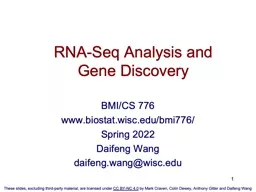PPT-RNA- Seq Assembly: Fundamental Limits, Algorithms and Software
Author : thomas | Published Date : 2023-05-23
TexPoint fonts used in EMF A A A A A A A A A A A A A A A A David Tse Stanford University Symposium on Turbo Codes and Iterative Information Processing Bremen Germany
Presentation Embed Code
Download Presentation
Download Presentation The PPT/PDF document "RNA- Seq Assembly: Fundamental Limits, ..." is the property of its rightful owner. Permission is granted to download and print the materials on this website for personal, non-commercial use only, and to display it on your personal computer provided you do not modify the materials and that you retain all copyright notices contained in the materials. By downloading content from our website, you accept the terms of this agreement.
RNA- Seq Assembly: Fundamental Limits, Algorithms and Software: Transcript
Download Rules Of Document
"RNA- Seq Assembly: Fundamental Limits, Algorithms and Software"The content belongs to its owner. You may download and print it for personal use, without modification, and keep all copyright notices. By downloading, you agree to these terms.
Related Documents

